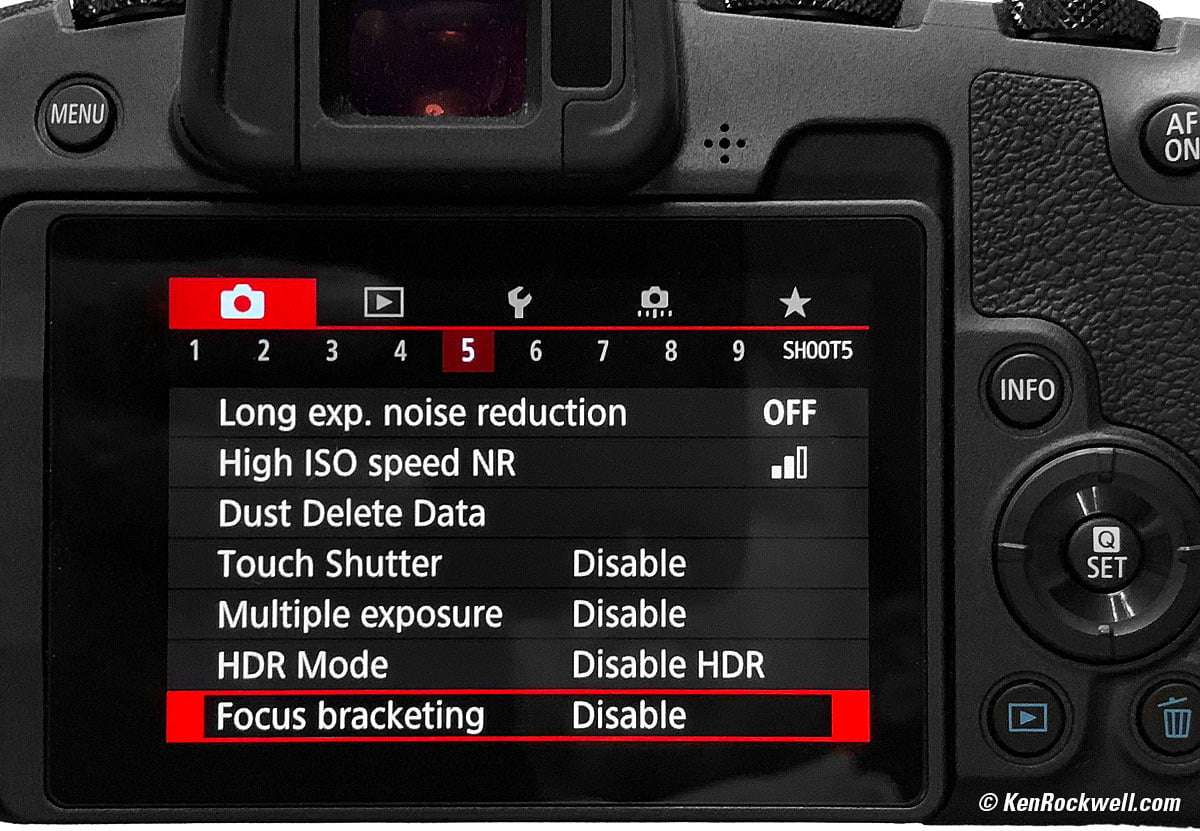

However, empirical work on increasing SNR boost of a stack of calibrated images over a single calibrated image has been done by Kayron Mercieca in order to determine how with dithered images, Kappa-Sigma Clipping in DeepSkyStacker (a common robust, statistically-weighted combination method) behaves with increasing number of images in the stack. There is no real set number of exposures one must capture as the more, the better (with diminishing returns). If you capture too many exposures, you are wasting time because of diminishing returns during stacking. In general, if you capture too few exposures, you end up with lower SNR than desired. There was however no framework for the optimum number of exposures needed. Approaching the problem by determining an asymptotic SNR (theoretical maximum you can reach given photon noise contribution overwhelming the CCD camera's readout noise), Steve derived a simple equation to give one's optimum exposure time. Thankfully Steve Cannistra had made his own mathematical framework that was more closed-ended. There were also some red flags in terms of quantities with unknown units and the final equation being dimensionally inconsistent.

Unfortunately this meant that you needed to make an assumption on one to work out the other. The end result was an equation that was a function of both ideal exposure time and total imaging time (number of exposures). A mathematical development followed that aimed to adjust this and come up with an updated theory. Charles noted that John's method was recommending extremely short exposures that were not giving the CCD sensor enough time to acquire faint signal from targets. Though this seemed like a good idea, Charles Anstey was later motivated on making some adjustments to this theory based on his own empirical results. John Smith sparked off a good analysis, sugges ting as a conclusion that one should calculate his/her exposure time required to overwhelm the CCD camera's readout noise with light pollution noise and aim to capture 2N+1 exposures of half this exposure time (where N is the number of exposures needed to reach a certain SNR). There has been a good amount of mathematical analysis done on this problem by astrophotographers over the years.


 0 kommentar(er)
0 kommentar(er)
